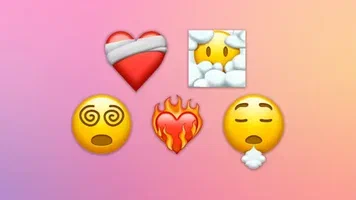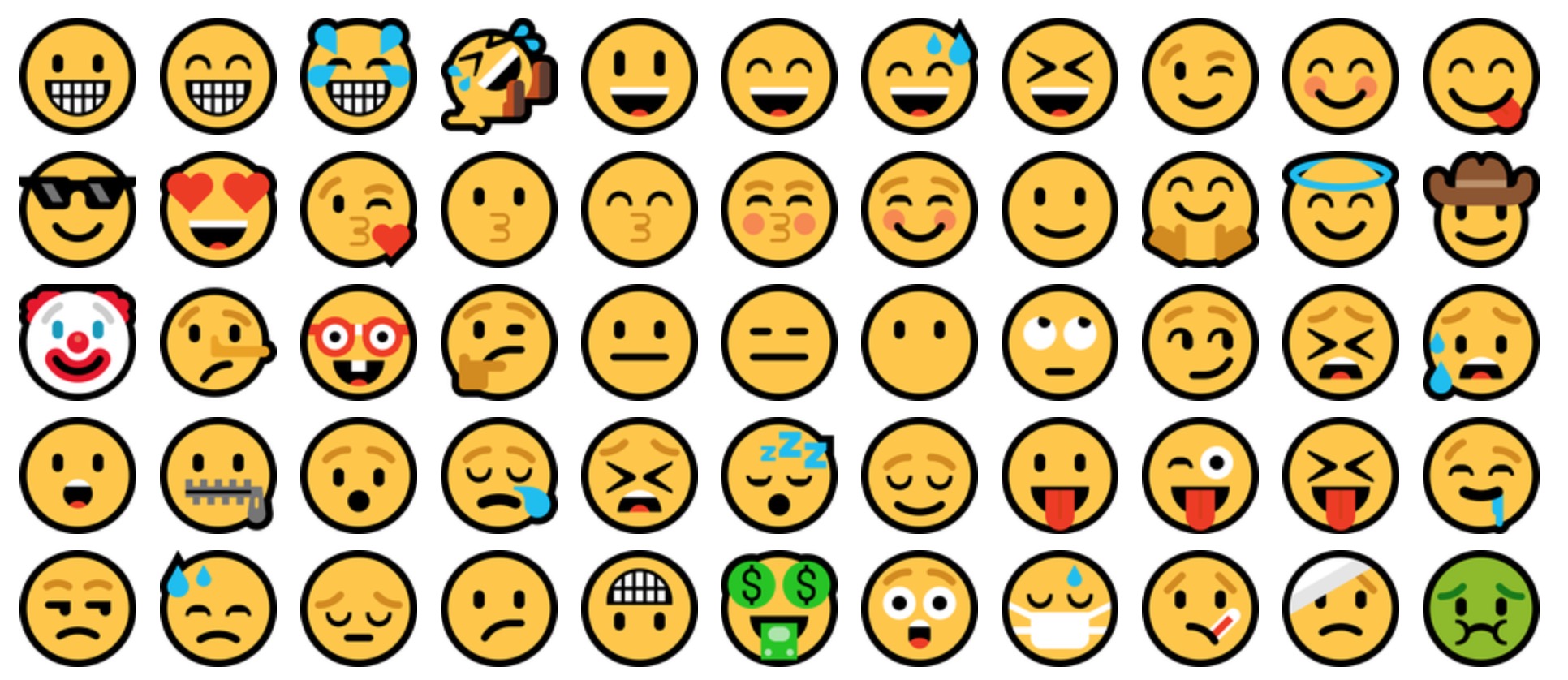Introduction In the age of digital communication, visual symbols have transformed how we express emotion, intent, and nuance. Emojis are more than ju
Introduction
In the age of digital communication, visual symbols have transformed how we express emotion, intent, and nuance. Emojis are more than just colorful images—they are a powerful language that transcends linguistic and cultural barriers. At the center of understanding this language lies Emojipedia, the authoritative source on emoji definitions, meanings, and trends. This article explores what Emojipedia is, how it became the leading emoji reference, its cultural significance, and why it matters in our digital world.
What is Emojipedia?
Emojipedia is a comprehensive online encyclopedia that documents and defines every emoji in the official Unicode Standard. Founded in 2013, it provides in-depth information on emoji meanings, historical context, design variations across platforms, and cultural relevance. Emojipedia serves as a dictionary, visual archive, news outlet, and educational tool all rolled into one.
The platform is frequently used by journalists, linguists, software developers, marketers, social media managers, and everyday users who want to understand what an emoji really means—or how it might be interpreted in different contexts.
The Origin of Emojipedia
Emojipedia was founded by Jeremy Burge, an Australian emoji enthusiast and researcher. The idea for the site was sparked when Burge noticed that new emojis were appearing on his smartphone but lacked proper explanations. He realized there was no central place to understand what these symbols truly meant. Thus, Emojipedia was born.
Initially a side project, the site quickly grew in popularity as people across the internet began to rely on it for accurate, unbiased definitions of emojis. Over time, it evolved from a simple reference tool into a widely respected source of digital semiotics.
Key Features of Emojipedia
1. Detailed Emoji Definitions
Each emoji entry includes a clear and concise description of its meaning, along with common usage scenarios. Emojipedia editors consider cultural trends, social behavior, and historical context when writing definitions. This ensures that users not only learn what an emoji means but also how and when to use it correctly.
2. Platform-Specific Designs
Different platforms—such as Apple, Google, Microsoft, and Samsung—display the same emoji in slightly different styles. Emojipedia tracks these variations, allowing users to compare how an emoji looks across devices. This feature is especially important for designers, developers, and marketers who need to maintain consistency across platforms.
3. Historical Versions and Updates
Emojis often evolve over time. Emojipedia archives older versions of each emoji, making it easy to track visual and semantic changes over the years. This is particularly useful for researchers, cultural critics, and anyone interested in how digital communication evolves.
4. Emoji News and Analysis
Emojipedia offers timely updates on newly released emojis, Unicode Consortium decisions, design updates, and emoji trends. Articles often delve into the cultural implications of emojis, such as how a symbol’s meaning shifts depending on age group, region, or political climate.
5. Proposals and Unicode Updates
The site explains how new emojis are proposed, approved, and implemented by the Unicode Consortium. Emojipedia demystifies the submission process, helping users understand how new emojis make it into the standard.

Why Emojipedia Matters
1. Bridging the Communication Gap
In a world increasingly dominated by text messages, social media, and instant communication, emojis offer a way to add tone and context to otherwise flat digital text. Emojipedia helps bridge the gap between intention and interpretation by offering clear, evidence-based definitions.
For example, a simple thumbs-up emoji may seem universal, but its interpretation can vary dramatically across cultures and age groups. Emojipedia clarifies such discrepancies to avoid misunderstandings.
2. Preserving Digital Language
Just as dictionaries preserve spoken languages, Emojipedia acts as an archive for this evolving form of digital language. It tracks trends, captures changes in usage, and documents emoji histories. This makes it an invaluable resource for future generations trying to understand how we communicated in the 21st century.
3. Enhancing Accessibility
For individuals with visual impairments who use screen readers, Emojipedia offers detailed descriptions that help them understand the emoji being used in digital content. Its standardized definitions improve digital accessibility and inclusivity.
4. Informing Design and User Experience
User interface designers, software developers, and marketers rely on Emojipedia to understand how emojis are rendered across platforms. This knowledge ensures that emoji usage is consistent and effective in branding, advertising, and digital product design.
The People Behind Emojipedia
While Jeremy Burge founded the platform and played a pivotal role in its growth, Emojipedia is now managed by a team of lexicographers, editors, and digital communication experts. The team includes professionals with linguistic, cultural, and design backgrounds who work together to keep the database accurate, relevant, and comprehensive.
In 2021, Emojipedia was acquired by Zedge, a content platform for mobile personalization. This acquisition provided additional resources to expand the platform and further enhance its offerings.
The Role of Emojipedia in Pop Culture
Emojipedia has become more than just a reference site—it has become a cultural touchstone. Its interpretations are often quoted in news articles, academic papers, and legal cases involving digital communication. The platform plays a critical role in shaping how society interprets emojis.
It also powers World Emoji Day, an annual celebration founded by Jeremy Burge and observed every July 17. The date corresponds with the calendar emoji, which shows July 17 on most platforms. World Emoji Day has become a global event that includes announcements from tech companies, media coverage, and public engagement activities.
Emojipedia’s Influence in Academia and Law
In academic settings, Emojipedia is cited in linguistic studies, media research, and sociocultural analyses. Its data offers unique insight into how people use emojis to communicate emotions, beliefs, and values.
In legal contexts, Emojipedia has been referenced in court cases to help interpret the meaning of emojis used in digital evidence. The platform’s reputation for clarity and accuracy makes it a trusted source in both scholarly and legal environments.
Emoji Trends Tracked by Emojipedia
Emojipedia monitors which emojis are trending based on user searches and global events. These trends offer valuable insights into public sentiment. For instance, during the global pandemic, emojis representing hygiene, health, and emotion saw a dramatic rise in usage.
Seasonal events, celebrity influence, political movements, and generational shifts all contribute to emoji trends. Emojipedia’s analysis helps capture and explain these patterns.
Challenges and Criticisms
Despite its success, Emojipedia is not without challenges. One common criticism is that emoji meanings are subjective, and no single definition can capture their full spectrum of usage. Emojipedia addresses this by providing context-rich descriptions that include alternative meanings and notes on common misinterpretations.
Another challenge is keeping up with the rapidly changing emoji landscape. With new symbols introduced regularly and meanings constantly evolving, maintaining accuracy is a continuous task.
The Future of Emojipedia
As digital communication becomes more visual, Emojipedia’s role is set to expand. The platform may incorporate artificial intelligence to track real-time usage patterns, develop more interactive tools, and support additional languages to better serve a global audience.
In a world where our language is becoming more image-driven, Emojipedia is poised to remain at the forefront of documenting and decoding this modern method of expression.
Frequently Asked Questions
- What is Emojipedia used for?
Emojipedia is used to look up the meanings, history, and design variations of emojis. It also provides news, updates, and cultural analysis related to emoji usage. - Who created Emojipedia?
Jeremy Burge founded Emojipedia in 2013. He is a digital communication expert and emoji historian. - Is Emojipedia affiliated with Unicode?
Yes, Emojipedia is a recognized associate member of the Unicode Consortium, which is responsible for standardizing emojis. - Can I submit an emoji idea to Emojipedia?
Emojipedia does not approve new emojis, but it provides guidance on how to submit proposals to the Unicode Consortium. - Why do emojis look different on various platforms?
Each platform, like Apple or Google, designs its own version of each emoji, leading to visual differences even though the core symbol is the same. - Is Emojipedia accurate and reliable?
Yes, definitions are written by experts and based on real-world usage, platform updates, and Unicode documentation. - Can I trust Emojipedia for academic or legal use?
Absolutely. It has been cited in academic research and used in legal cases where emoji interpretation is relevant. - Does Emojipedia track emoji trends?
Yes, the platform monitors search data and usage trends to report on which emojis are most popular or emerging in relevance. - Are emoji meanings the same across cultures?
No, emoji meanings can vary widely depending on culture, region, age group, and context. Emojipedia provides notes on cultural variation. - What is World Emoji Day?
World Emoji Day is celebrated on July 17 each year to honor emojis as a form of digital communication. The date is inspired by the calendar emoji, which displays July 17.
Conclusion
Emojis have become the digital body language of the modern world. They convey tone, emotion, and context in ways that words alone often cannot. Emojipedia plays a crucial role in helping us navigate this new language. Whether you’re a student, developer, lawyer, or casual texter, understanding the language of emojis has never been more important—and Emojipedia remains the most trusted guide in the field.
Must Visit: spotlightlive




COMMENTS